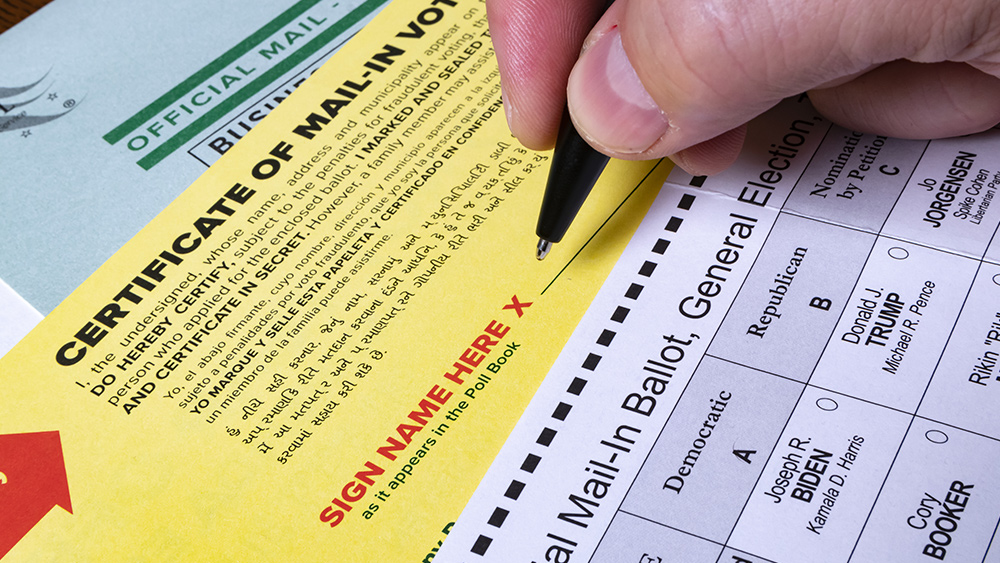
Moscow's successes attributable to Chinese yuan
Russia's most recent successes with regard to its oil trade can, at least in part, be attributed to Moscow's decision to abandon the dollar as its main trading currency. By the end of 2022, a full 20 percent of Russian imports were invoiced in the Chinese yuan, a three percent increase from the previous year. This comes as Russia seeks to avoid Western sanctions and as China itself is increasingly using the yuan to settle imports from third countries. Beijing has settled a full five percent of imports using the yuan, an increase from just one percent before the beginning of the conflict in Ukraine in February 2022. (Related: END of DOLLAR'S HEGEMONY: Russian oil giant now using yuan and rubles for export settlements.) "The yuan is being used as a vehicle currency," said Beata Javorcik, chief economist of the European Bank for Reconstruction and Development (EBRD). "Russia is now the third-largest clearing center for offshore yuan transactions." "Rising geopolitical tensions in general, and the use of trade sanctions in particular, may reduce the attractiveness of the use of the U.S. dollar as a vehicle currency in international trade," writes the EBRD. "This, in turn, might lead to a greater fragmentation of global payment systems." Follow FuelSupply.news for more stories about Russia's oil exports. Listen to the Health Ranger Mike Adams discussing Russia's ban on diesel exports below. This video is from the Health Ranger Report channel on Brighteon.com.More related stories:
DOLLAR DEMISE: Russia's third largest oil producer switches export settlement currencies almost completely to yuan and rubles. Russia has almost fully bypassed Western sanctions on oil exports. Putin bans diesel and gasoline exports, sending distillate fuel oil prices skyrocketing. EU destroying its industries by shunning Russian energy, official tells RT. China quickly expanding use of yuan in global trade as it seeks to dethrone US dollar as world's top currency. Sources include: ZeroHedge.com FT.com Brighteon.comHamas thanks Iran for providing “weapons, money and other equipment” to attack Israel
By Ethan Huff // Share
Texas installs RAZOR WIRE along New Mexico border to block ILLEGAL ALIENS from crossing
By Ramon Tomey // Share
Alabama building a $1 billion, 4,000-bed prison – the most expensive prison in U.S. history
By Arsenio Toledo // Share
AZ man shares photo of all the unrequested 2024 mail-in ballots he’s already received in the mail…
By News Editors // Share
Your breath holds the key to mental clarity
By willowt // Share
Beyond white knuckles: How to rewire your body's fear of flight
By willowt // Share
U.S. strikes deal with island nation of Palau to relocate migrants
By ramontomeydw // Share
Gold breaks $4,500 barrier as silver and platinum soar to record highs amid safe-haven rush
By kevinhughes // Share
The Illusion of Peace: Exposing the war hawks pushing America into conflict
By kevinhughes // Share











